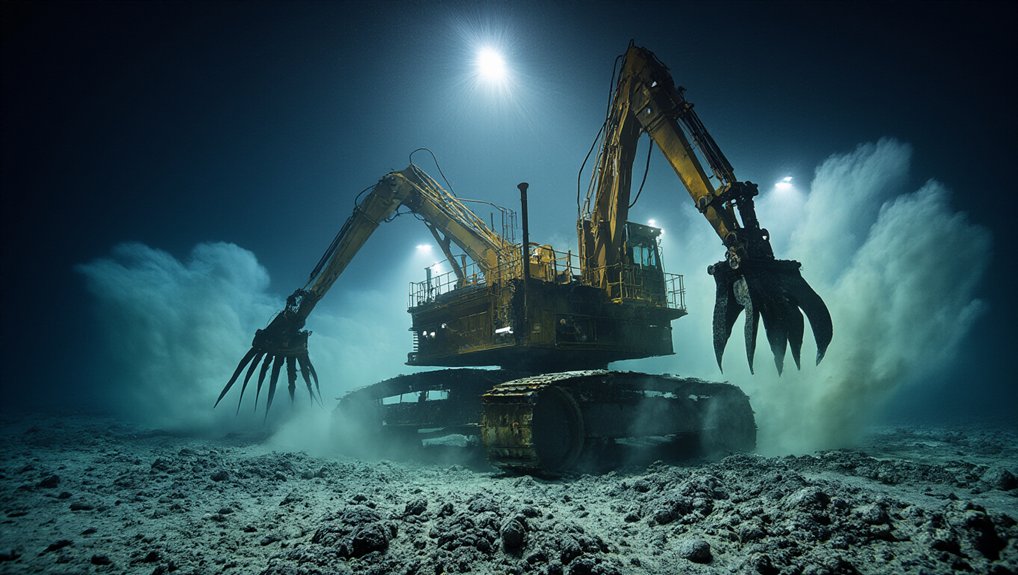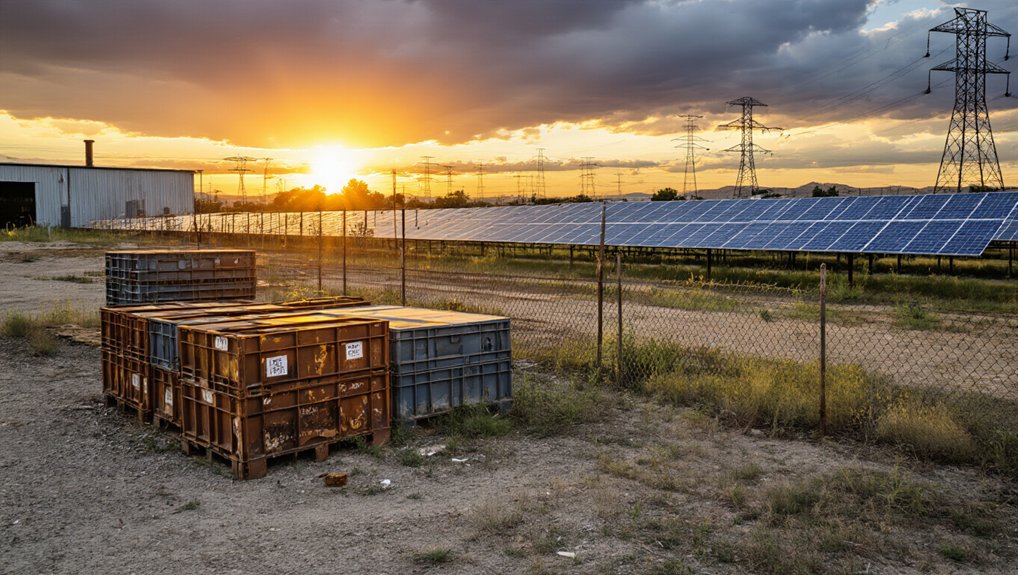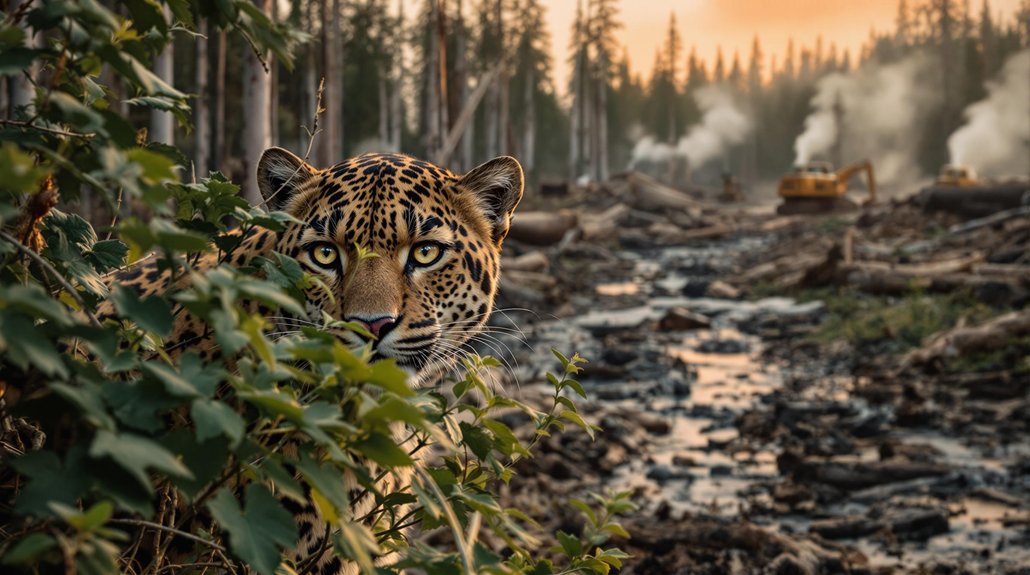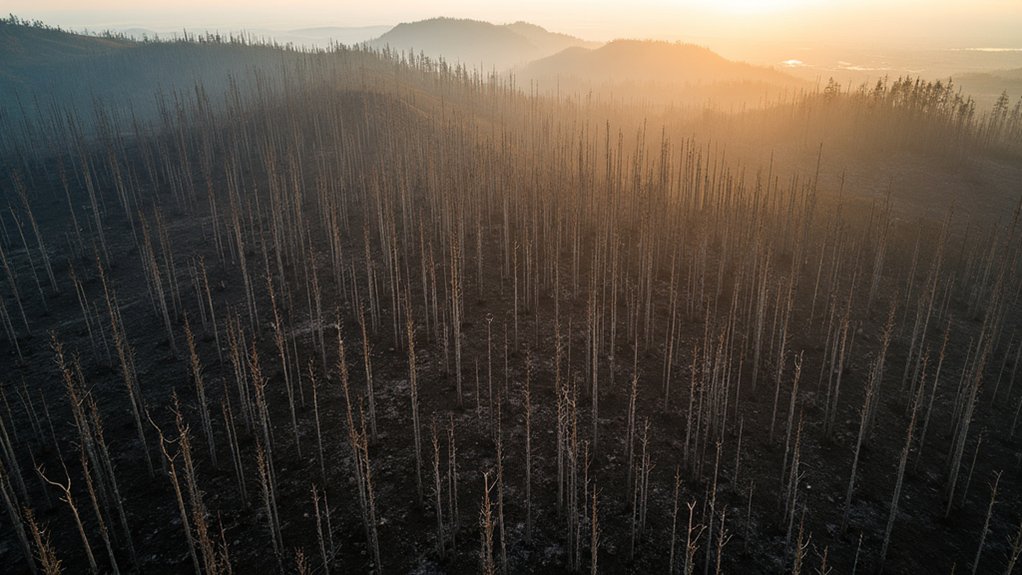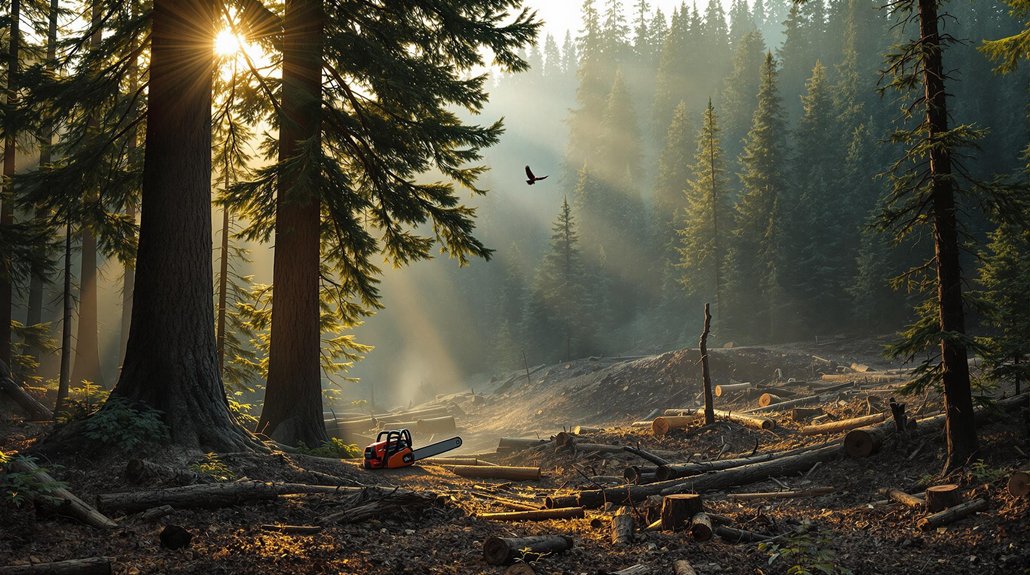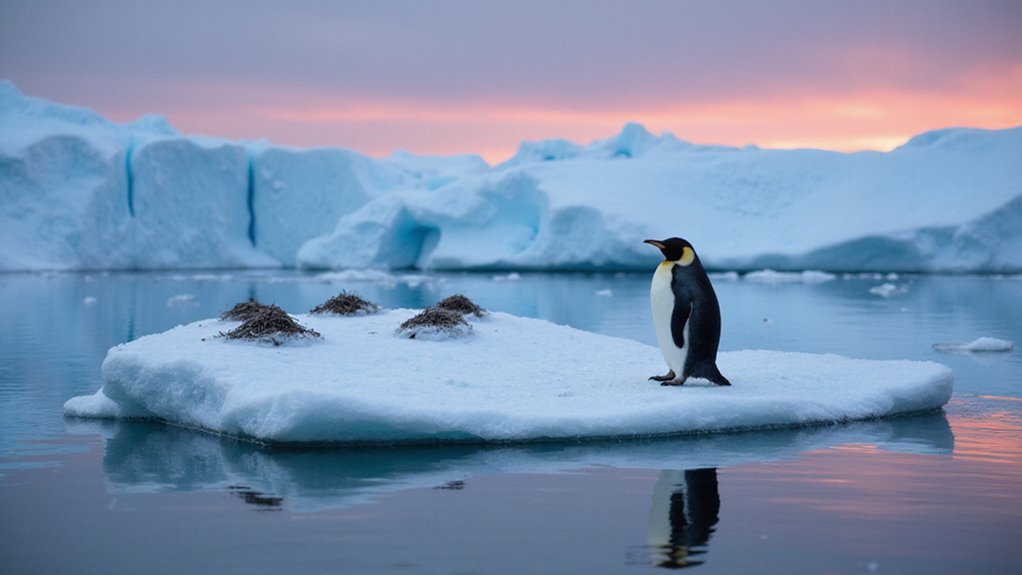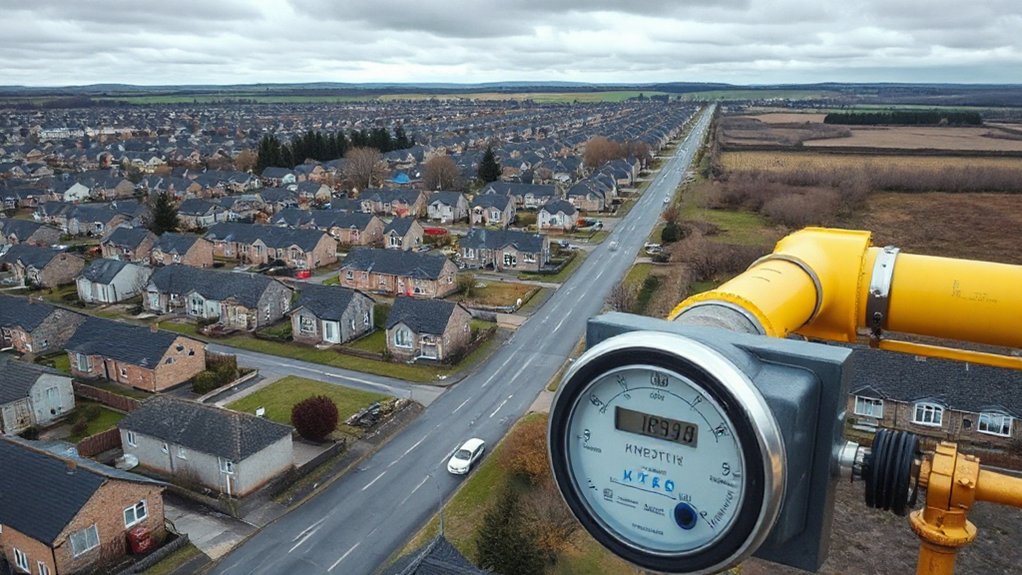Mining companies are eyeing the Pacific Ocean floor like it’s a giant piggy bank. They want those polymetallic nodules and mineral deposits sitting thousands of meters below the surface.
Problem is, the deep sea isn’t some barren wasteland. It’s home to creatures that took millions of years to adapt to pitch-black, crushing pressure, and near-freezing temperatures.
These mining operations are about as subtle as a bulldozer in a butterfly sanctuary. Giant machines scrape away the seafloor, destroying habitats that won’t recover for centuries—if they recover at all. The nodules they’re harvesting? Those are actually homes for specialized species found nowhere else on Earth. Once gone, they’re gone forever. A single nodule-mining operation produces 30,000–80,000 m³ of sediment daily, creating an environmental catastrophe that dwarfs most land-based mining impacts.
The sediment plumes are another nightmare. Picture massive underwater dust storms that travel for kilometers, choking everything in their path. Marine organisms get smothered. Their feeding and breathing structures clog up. Heavy metals and toxins spread through the water column like invisible poison. Scientists don’t even know how far these plumes travel or how long they persist. That’s comforting.
Then there’s the noise. The deep ocean is supposed to be silent, but mining machinery roars like underwater freight trains. Whales can’t communicate properly. Fish can’t hunt. The blazing lights from equipment blind creatures that evolved in eternal darkness. It’s sensory torture for animals that never signed up for this industrial hellscape.
Pacific Island nations should be worried. Really worried. Their tuna fisheries—the backbone of their economies—sit right in the crosshairs. Contaminated fish means contaminated food chains. Disrupted ecosystems mean fewer fish to catch. Food security goes out the window when your primary protein source gets poisoned by mining waste. Just like the Native Village of Elim in the Arctic, local communities will bear the brunt of environmental devastation long after corporations have extracted their profits.
The twist? Scientists estimate we’ve only discovered about 10% of deep-sea species. Mining companies are literally destroying creatures we haven’t even met yet. The Clarion-Clipperton Zone alone harbors over 5,000 newly identified species that could vanish before proper study. Entire branches of evolution could disappear before we realize they exist.
But hey, at least someone’s making money off those minerals, right? The ocean floor’s biodiversity is apparently a small price to pay for smartphone batteries and electric car components.
References
- https://www.wri.org/insights/deep-sea-mining-explained
- https://cen.acs.org/environment/water/deep-sea-mining-dilemma/101/i33
- https://www.lse.ac.uk/granthaminstitute/explainers/what-is-deep-sea-mining-and-how-is-it-connected-to-the-net-zero-transition/
- https://carnegieendowment.org/posts/2023/11/why-pacific-island-states-are-concerned-about-deep-sea-mining?lang=en
- https://www.oceans-research.com/deep-sea-mining-threats-alternatives/
